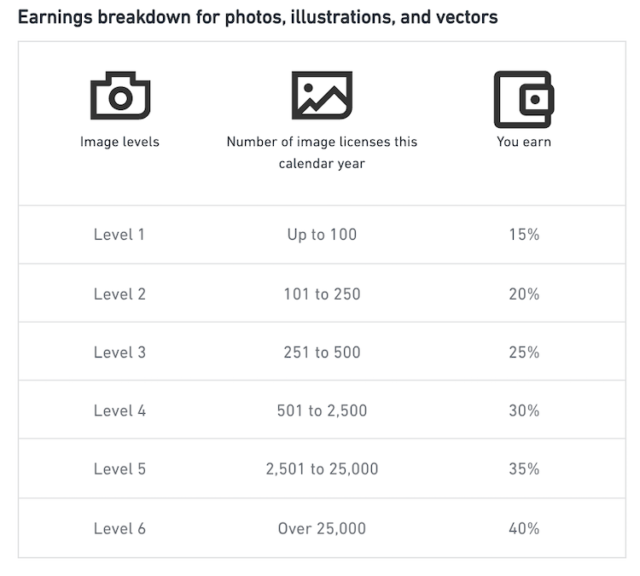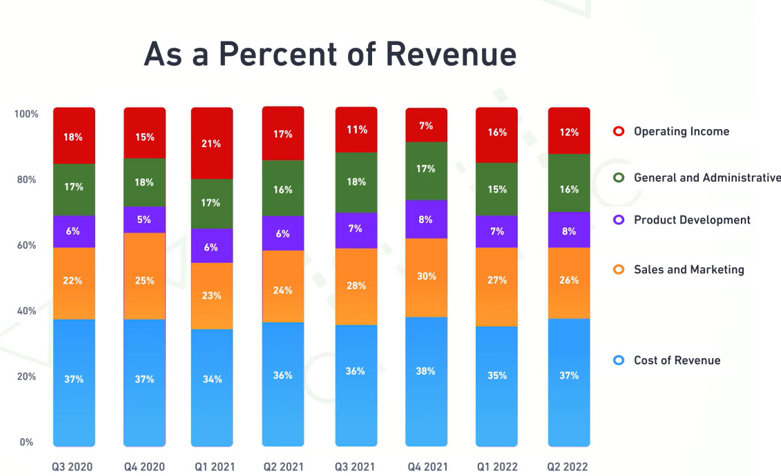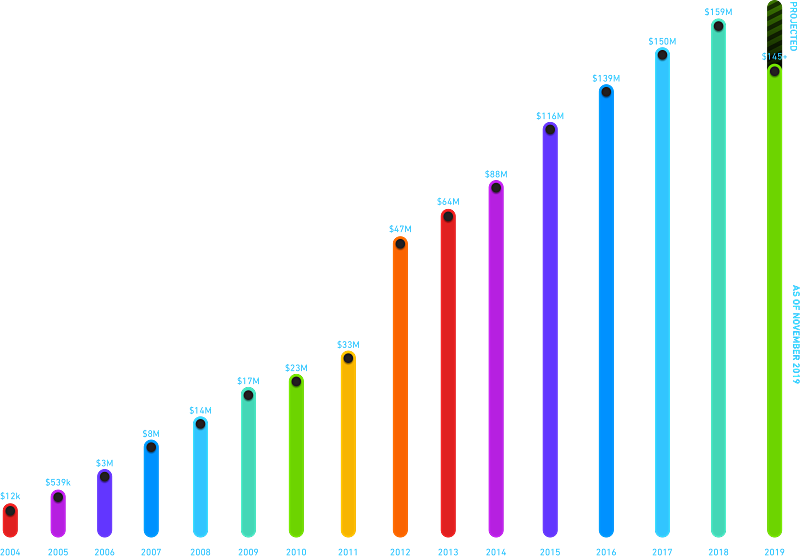Despite Shutterstock dishing out a controversial pay cut to contributors in 2020, the saved revenue goes almost unmentioned in recent financial reports, although based on its own data the stock agency claws around US$15 million per year away from contributing photographers, graphic designers, and videographers.

In mid-2020 Shutterstock unveiled a new six-tiered contributor payment schedule that incrementally increases based on a contributor’s volume of sales. A nasty surprise is how earning levels reset at the beginning of every calendar year, forcing contributors to re-climb the payment ladder.
It replaced the ‘Lifetime Earnings’ payment structure – four tiers rewarding loyal contributors based on their sales over a lifetime.
Shutterstock framed the thrifty new payment system as creating ‘fair opportunities for all our contributors, and reward performance with greater earnings potential’. Enraged contributors – photographers, videographers, illustrators and graphic designers – felt this was a deceitful description to justify a pay cut. Some Shutterstock veterans declared they would leave the platform. Others gritted their teeth and hung in. Grassroots movements formed in an effort to lobby Shutterstock, and ultimately failed.
After the new earnings system launched, several contributors reported lower-than-ever payments, such as around or less than US$0.10 – a drop in comparison to usual payments of between US$0.25-0.38 per image download. But there is another factor at play: Shutterstock’s aggressive pivot towards a subscription-based business model. Rather than customers paying a clear-cut one-off licensing fee, they are sold subscription packages for a monthly fee for access to bulk images. The more expensive the plan, the lower the cost for a greater number of image licences.
At the height of the controversy, contributors concluded that Shutterstock must be clawing back a significant figure, as the move caused major harm to its worker bees.
The successful move to reduce the remuneration for its contributors and effectively put that cash in the pockets of its shareholders, including founder Jon Oringer, and its executives (including Jon Oringer), is writ large in the financial figures.
In Q1 2022, the last quarter for which we have financial results, Revenue was US$199 million and ‘Cost of Revenue’, the lion’s share of which is payments to contributors, was 35 percent of that – $69 million. Back in Q1 2019, before Shutterstock reduced payments to contributors, Cost of Revenue was 43 percent. This works out to a gross reduction to contributors of close to 20 percent.
In dollar terms, if that 43 percent rate had been maintained, is would have represented an extra US$15 million to photographer and videographer contributors for that quarter. The people without whom there would be no Shutterstock.
Lost in the weeds
For whatever reason, Shutterstock’s financial reports barely mention the overhaul of its contributor royalty payment system, despite its contribution to lowering the Cost of Revenue expense and thus profitability. One would think they would be crowing it from the rooftops! The only direct acknowledgement Inside Imaging found was in Shutterstock’s 2021 Annual Report, noting the 2020 Cost of Revenue decreased by seven percent – US$18.6 million – compared to 2019.
This is attributed to several factors, but the first mentioned is ‘lower royalty expense’.
‘The reduction in royalty expense was driven by the 4 percent decline in paid downloads as well as a modification in the way we compensate contributors.’
So there is at least some acknowledgement that the ‘way we compensate contributors’ reduced costs. While it’s now blatantly clear that the payment system is a pay cut, as suspecting by disgruntled contributors all along, there is more evidence to back this up in the financial reports.
In 2018 and 2019 the Cost of Revenue remains flat, amounting to 43 percent of Shutterstock’s total revenue. In 2020, when the new system took effect, the Cost of Revenue dropped to 39 percent, and again in 2021 to 36 percent.

A graph [above] published in Shutterstock’s 2022 Annual Report also shows the fluctuation in the company’s Cost of Revenue on a quarterly basis. The 2021 First Quarter – starting on January 1, when all contributor payment levels are reset – shows a three percent decrease to 34 percent, compared with the 2020 Fourth Quarter at 37 percent. And again, the 2022 First Quarter drops three percent to 35 percent, then goes up to 38 percent in the Fourth Quarter.
The new system seems to be more about rewarding shareholders than than creating ‘fair opportunities’ for contributors. Shutterstock seems alert to the negative feedback from the stock photography community. Jon Oringer certainly is! The stock giant had a bit of a campaign highlighting that it wasn’t the Uncle Scrooge it was being made out to be, and in fact had ‘paid out’ US1 billion to contributors over the last 10 years. But then at the end of 2019 it lost interest:






Be First to Comment